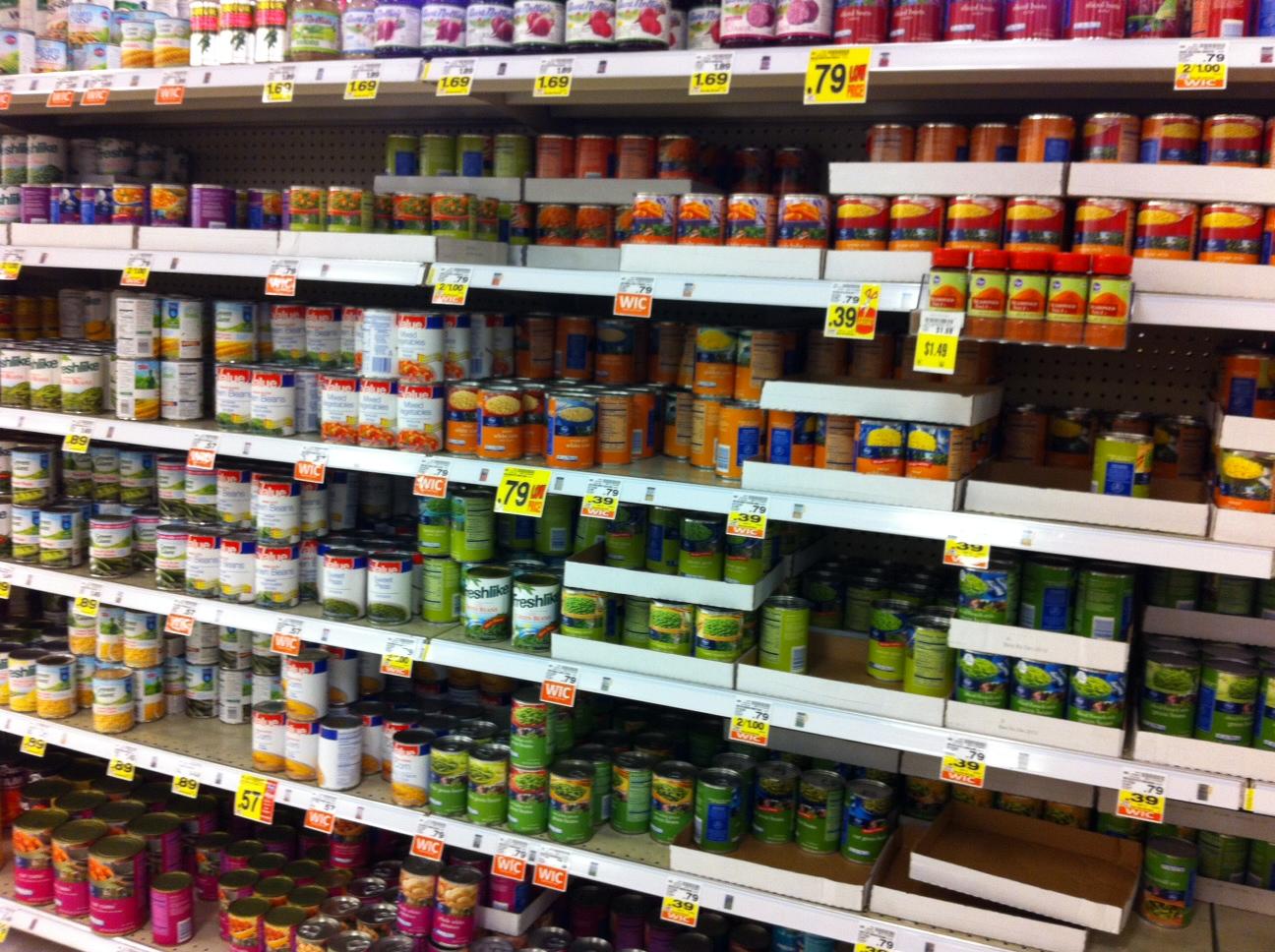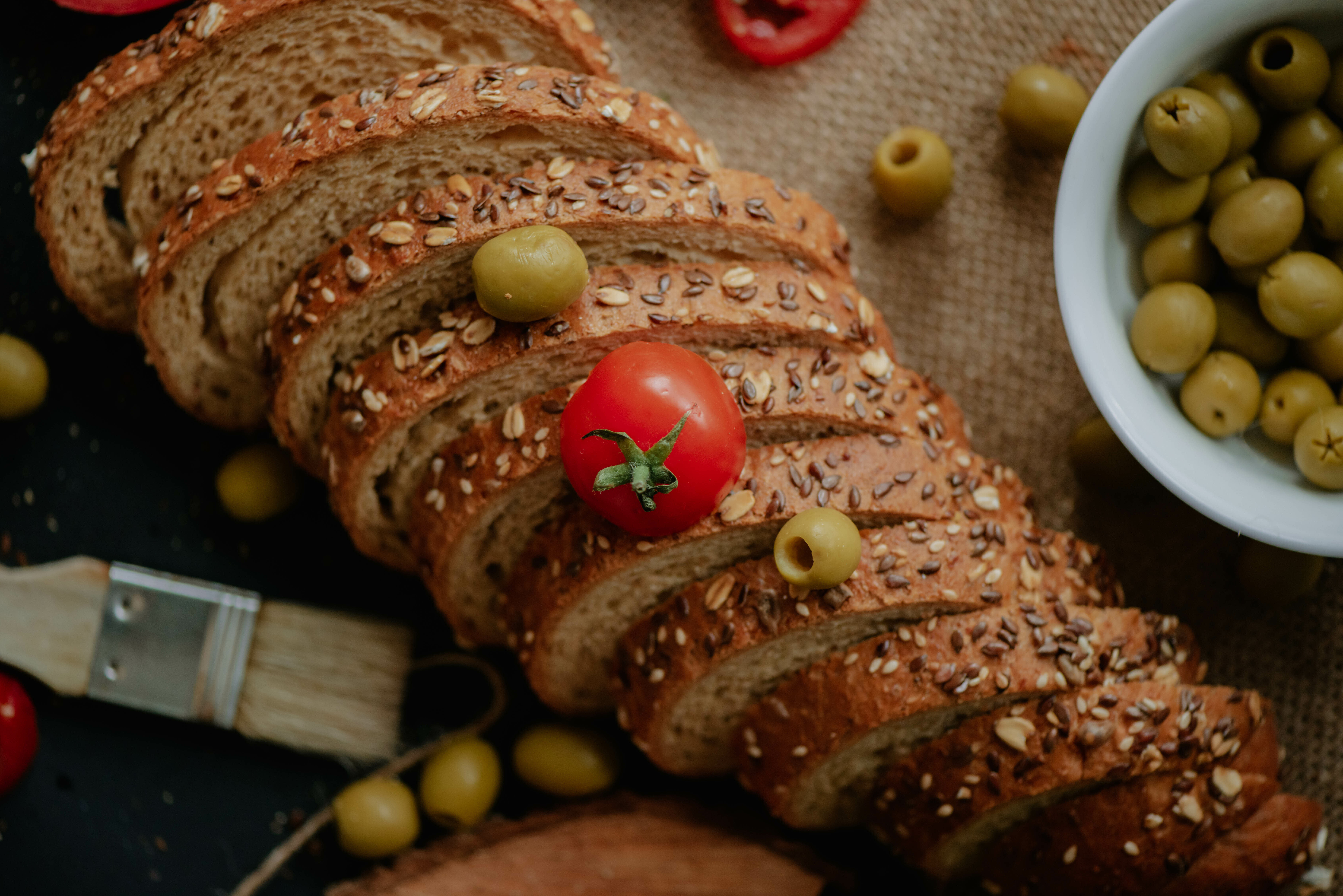11 'Healthy' Foods Secretly Worsening Your High Blood Pressure
In the quest for a healthier lifestyle, many of us turn to our kitchens, believing it to be a sanctuary filled with wholesome ingredients and nutritious meals. However, lurking behind the facade of healthfulness are surprising culprits that may quietly be spiking your blood pressure. These seemingly innocent foods, often marketed as healthy, can contain hidden sodium, sugars, and other components that contribute to hypertension. This article aims to shed light on these unexpected offenders and provide insights into making truly heart-healthy choices. By understanding these hidden dangers, you can take proactive steps to manage your blood pressure and maintain a healthier lifestyle. As we delve into each section, we'll explore common misconceptions about these foods and provide practical advice for healthier alternatives. By the end of this article, you'll be equipped with the knowledge to make informed dietary choices, ensuring that your kitchen truly supports your health goals. Let's embark on this journey to uncover the hidden threats in your kitchen, starting with a closer look at the first surprising culprit.
1. Canned Vegetables: Sodium's Sneaky Hideout

Canned vegetables are often hailed as a convenient and healthy alternative to fresh produce, especially when time is of the essence. They offer the same essential nutrients and vitamins as their fresh counterparts, making them a staple in many households. However, what many people overlook is the significant amount of sodium often added as a preservative. This sodium can contribute to elevated blood pressure levels, counteracting the health benefits these vegetables might otherwise provide. The problem lies in the preservation process. To extend shelf life, manufacturers add salt, which acts as a natural preservative. This added salt can significantly increase the sodium content of canned vegetables, sometimes exceeding daily recommended limits with just a single serving. For individuals already at risk of hypertension, this can quietly exacerbate their condition. It's crucial to read labels carefully and opt for low-sodium or no-salt-added versions whenever possible. Draining and rinsing canned vegetables can help reduce sodium content, but it's not a foolproof solution. The best approach is to balance your diet with fresh or frozen vegetables, which typically have lower sodium levels. By being mindful of the sodium content in canned goods, you can enjoy the convenience they offer without compromising your heart health.
2. Whole Grain Bread: A Salt-Laden Surprise

Whole grain bread is often synonymous with health, touted for its fiber content and heart-friendly benefits. However, not all whole grain breads are created equal, and some can be surprisingly high in sodium. Bread is one of the top contributors to sodium intake in many diets, often containing more salt than expected. This can be particularly concerning for those monitoring their blood pressure. The sodium in bread serves multiple purposes: it enhances flavor, strengthens gluten structure, and acts as a preservative. However, these benefits come at a cost. A single slice of whole grain bread can contain up to 200 milligrams of sodium, and when consumed as part of a sandwich or meal, this amount quickly adds up. For individuals with hypertension, this can be a hidden source of excessive sodium intake. To mitigate this, it's important to read nutrition labels and compare different brands. Look for options labeled as "low sodium" or "no salt added." Additionally, consider baking your own bread at home, where you have full control over the ingredients. By being vigilant about the sodium content in whole grain bread, you can continue to enjoy its benefits without compromising your blood pressure.
